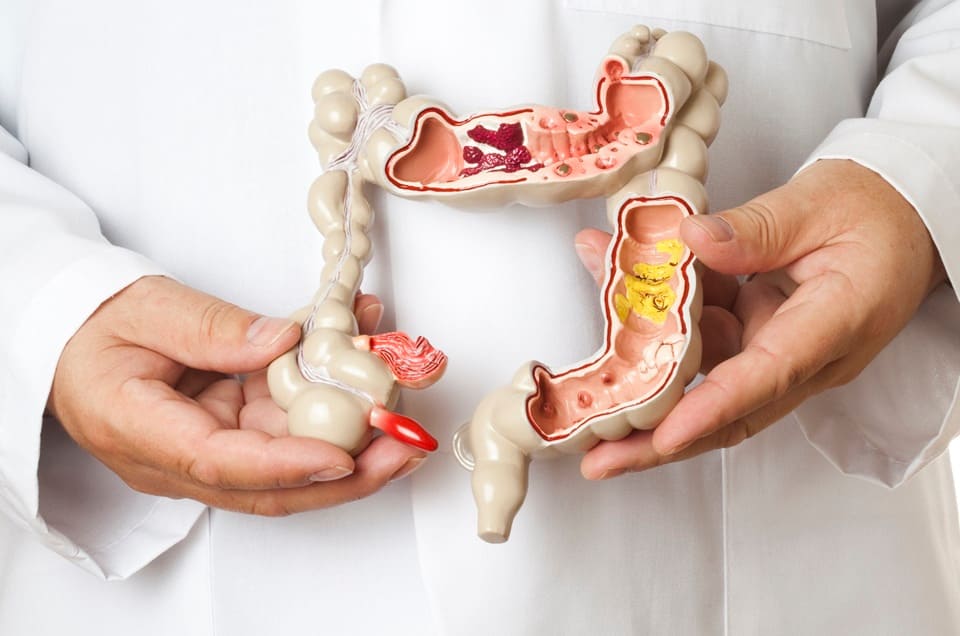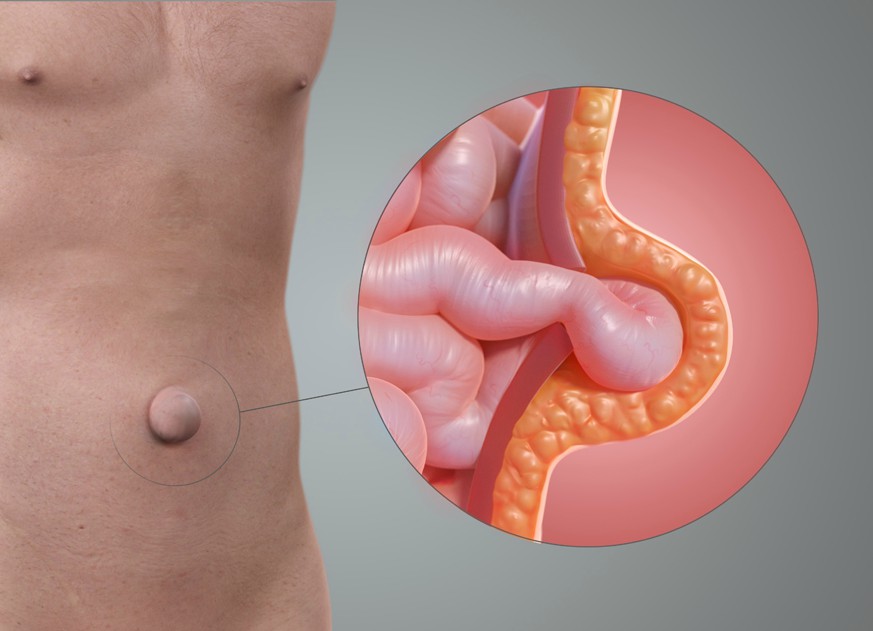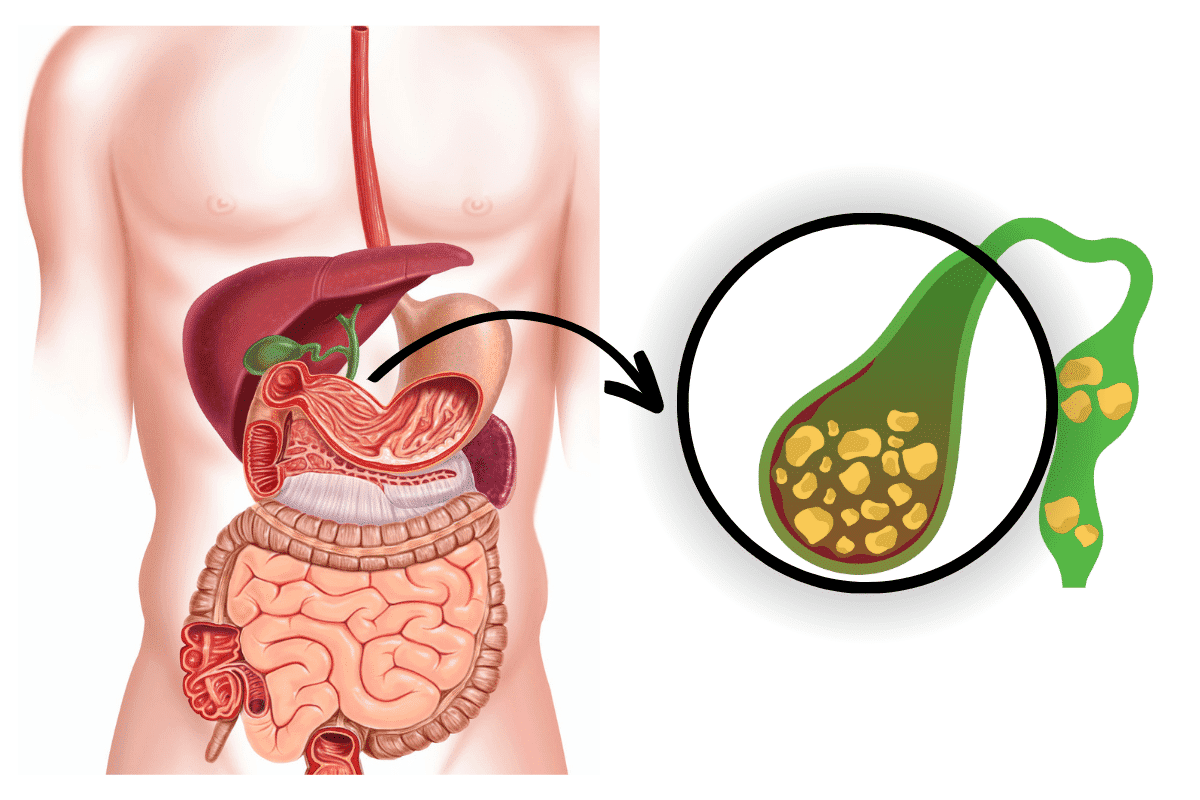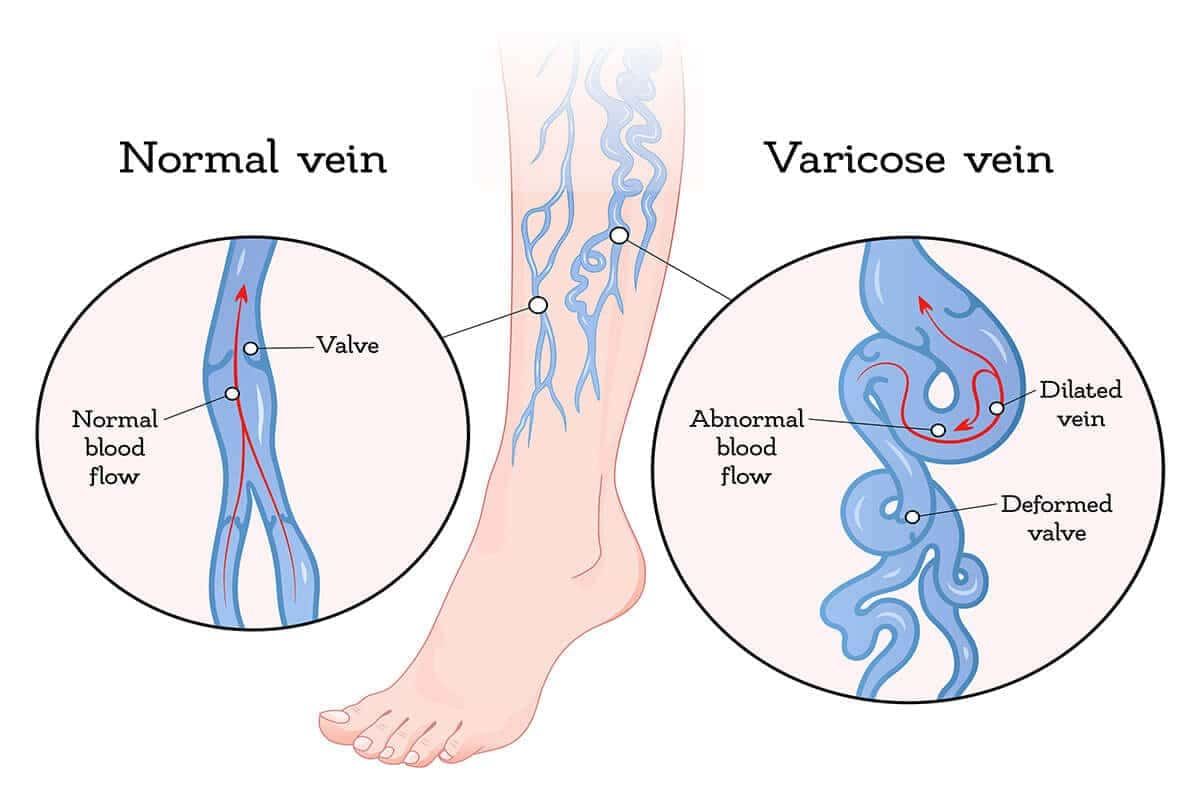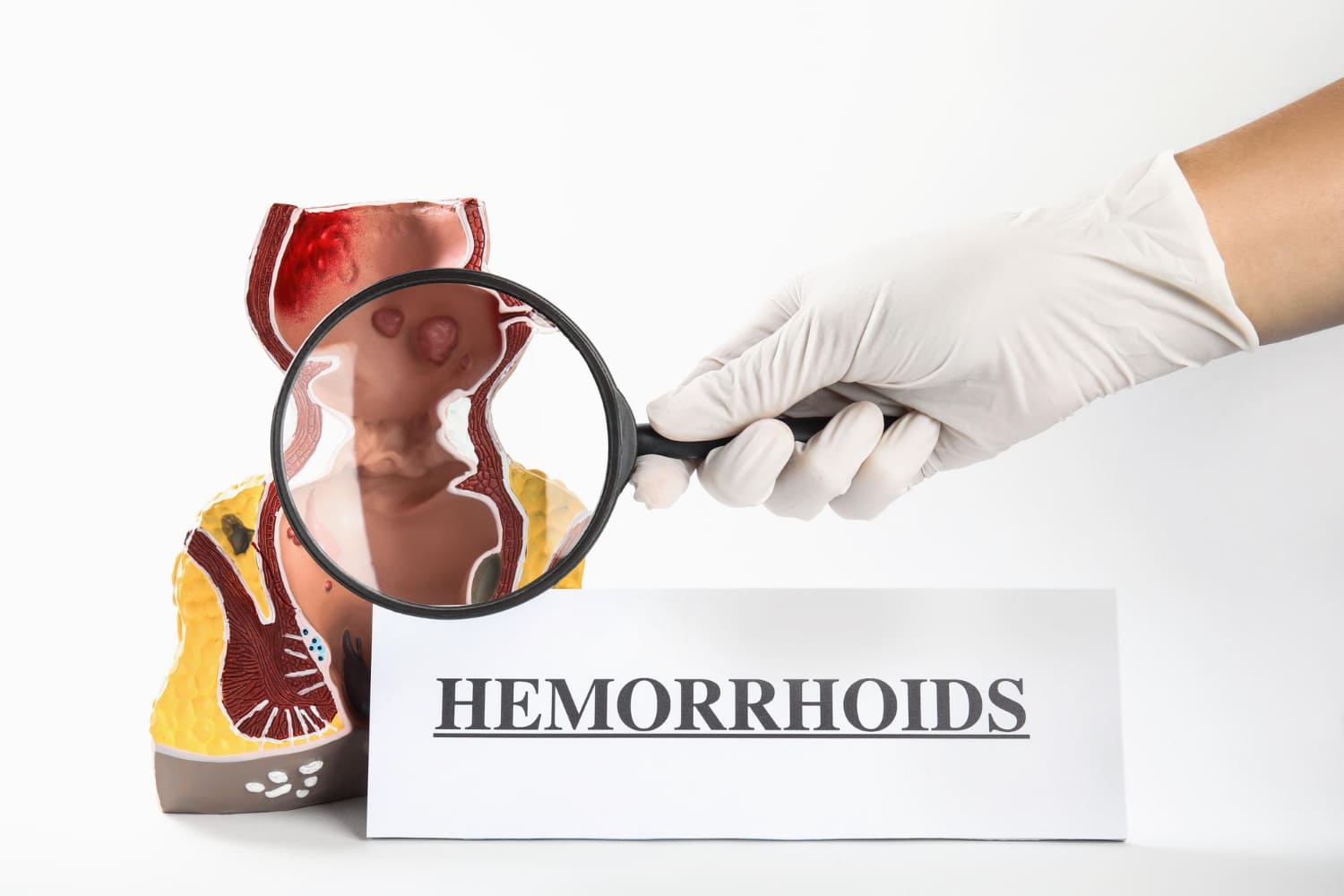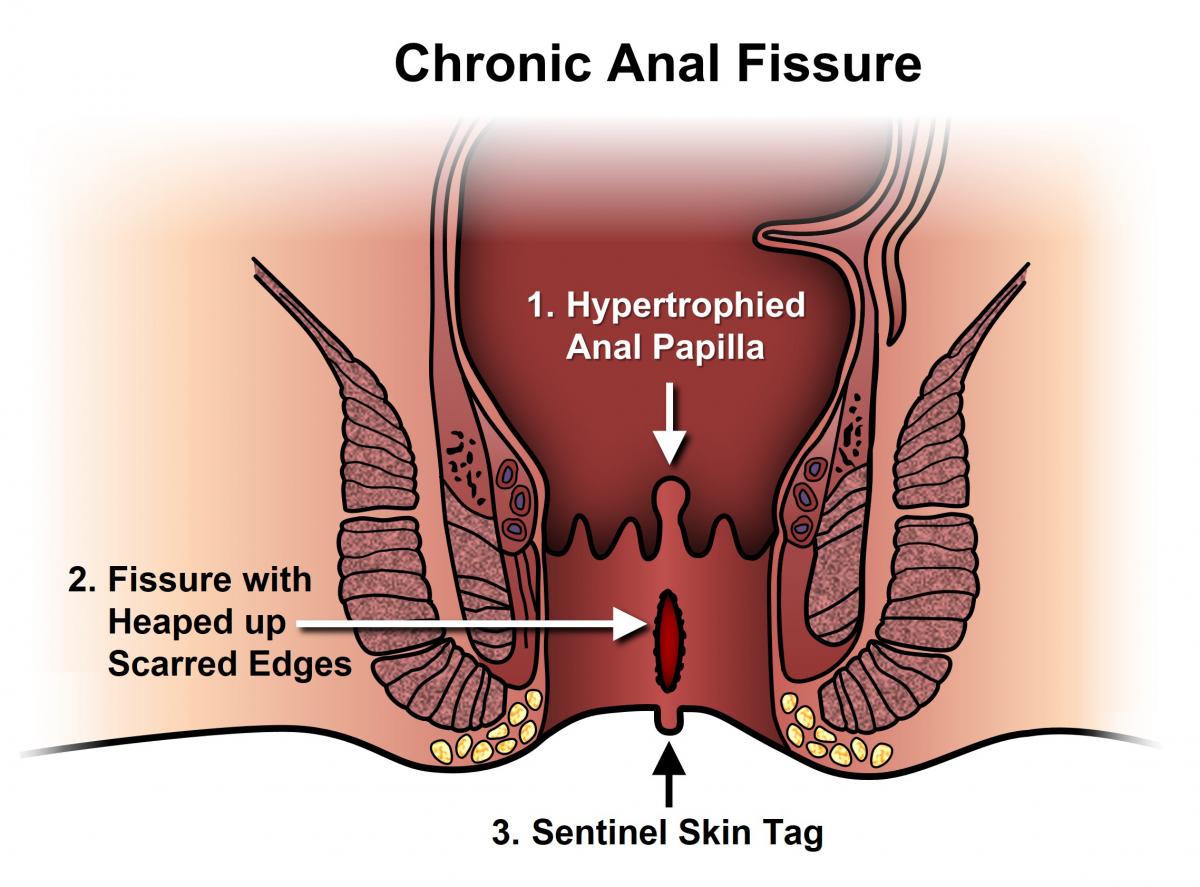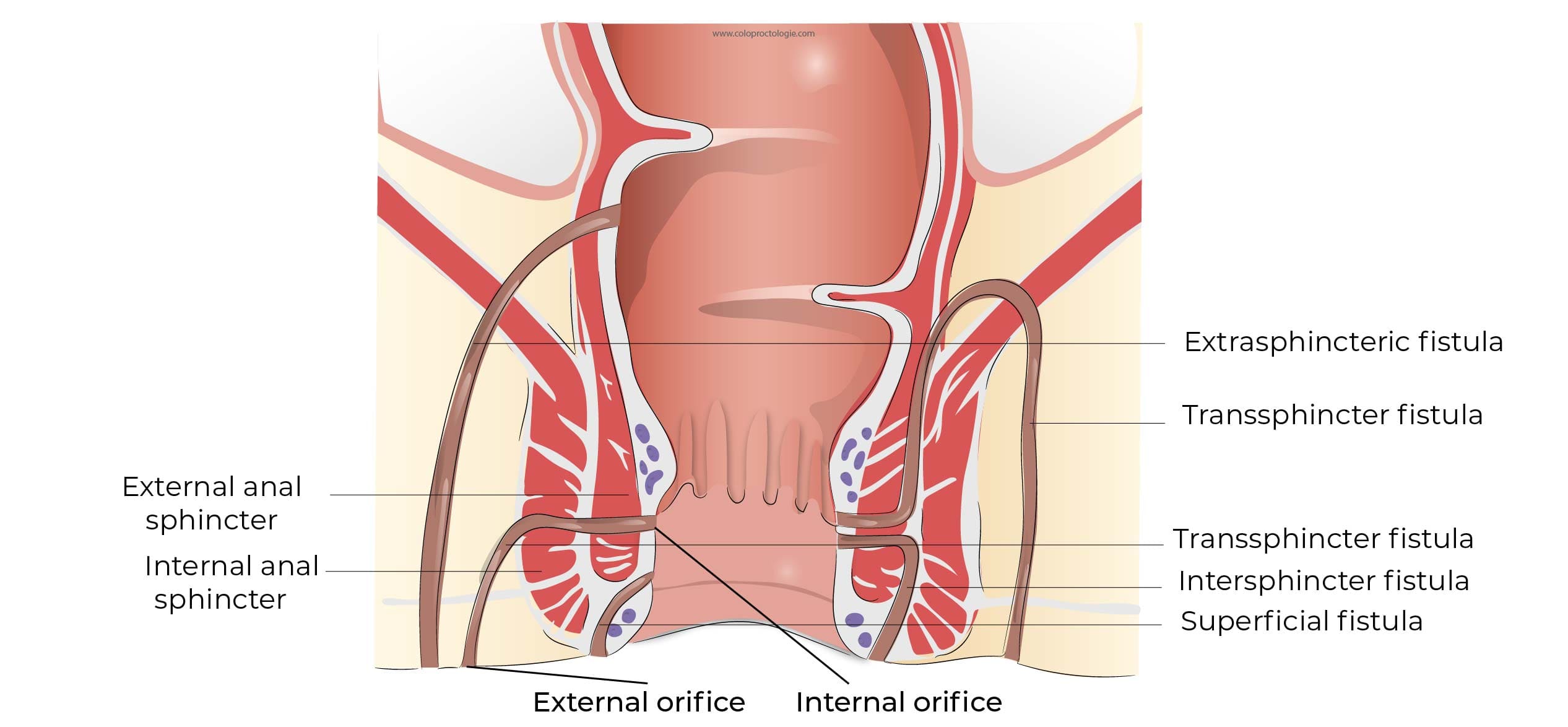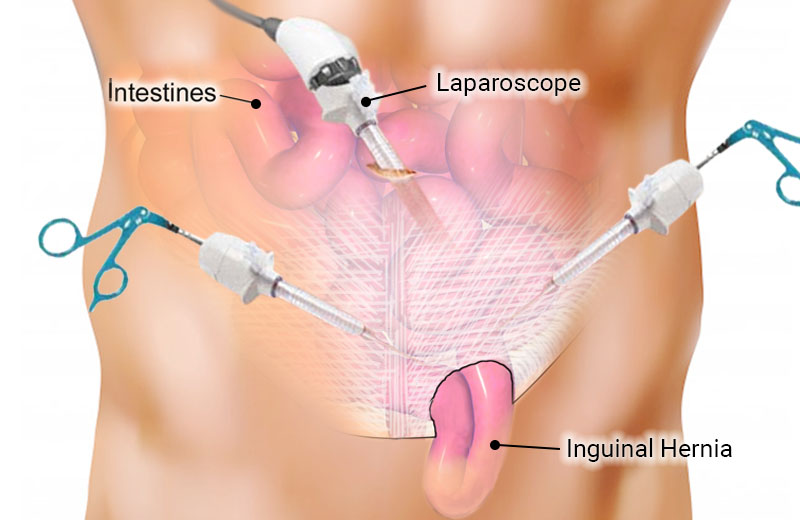
Inguinal Hernia Laparoscopic Surgery
About Inguinal Hernia
An inguinal hernia is a condition where a portion of the intestine or other abdominal tissue protrudes through a weak spot in the abdominal wall in the groin region. This can result in a visible lump or bulge, which can be painful, mainly when you cough, bend over, or lift a heavy object. Inguinal hernias are more common in males and may need surgical repair to prevent complications. If you suspect you have an inguinal hernia, it is essential to seek medical attention for the right diagnosis and Inguinal Hernia Surgery.
Types Of Inguinal Hernia
Inguinal hernias can be further classified into different types based on their characteristics and location. The primary inguinal hernia types include the following:
- Indirect inguinal hernia: This type of inguinal hernia occurs when abdominal contents, such as a part of the intestine, protrude into the inguinal canal. It often follows the path of the spermatic cord in men or the round ligament in women. Indirect inguinal hernias are generally congenital, meaning they are present from birth. In some scenarios, indirect hernias can also form later in life due to factors like increased abdominal pressure from activities such as heavy lifting or straining. It is commonly seen in children and young adults.
- Direct inguinal hernia: This inguinal hernia type typically occurs in older men. It involves the protrusion of abdominal contents through a weak spot in the abdominal wall, usually in Hesselbach’s triangle, which is a specific area in the groin. It is typically less common than indirect inguinal hernias.
What Are The Risk Factors For Inguinal Hernia?
Here are some risk factors associated with inguinal hernias:
- Age: The risk of inguinal hernia increases with age, as the connective tissues tend to weaken over time.
- Gender: Males are more susceptible to inguinal hernias than females. This is specifically due to the natural structure of the male anatomy, including the inguinal canal.
- Family history: A family history of hernias may increase your risk, suggesting a potential genetic predisposition.
- Congenital factors: Congenital disorders, such as a weakness in the abdominal wall present from birth, can lead to the development of inguinal hernias.
- Smoking:Smoking, if it is linked with coughing, can raise the risk of inguinal hernia formation. Smoking is also associated with decreased wound healing and, hence, increases the risk of inguinal hernia recurrence or post-op wound complication after a hernia repair.
- Chronic cough or straining: Conditions that lead to persistent coughing or straining, such as chronic obstructive pulmonary disease (COPD) or constipation, can raise intra-abdominal pressure and risk inguinal hernias.
- Obesity: Surplus body weight can weaken the abdominal muscles and increase the likelihood of inguinal hernias.
- Heavy lifting: Regularly engaging in heavy lifting without proper strategy or abdominal support can strain the muscles and contribute to hernias.
- Chronic straining during bowel movements: Straining during bowel movements, often associated with constipation, can cause inguinal hernia development.
- Ascites: Collection of fluid in the abdominal cavity can also increase pressure and contribute to hernias.
Understanding these risk factors can help people and healthcare experts identify potential vulnerabilities and take preventive measures when required. If you have concerns about inguinal hernia risk, it is advisable to consult with a healthcare expert for personalized guidance.
How Can Inguinal Hernia Be Diagnosed?
Inguinal hernia diagnosis generally involves a combination of medical history, physical examination, and diagnostic tests. During physical examination, your healthcare provider will try to see and feel the hernia. They may also ask you to cough or to bear down as though you were pooping to make the inguinal hernia emerge. If they can’t see the hernia from the outside, they may conduct several tests to see it from the inside. Here are the common diagnostic tests used in the differential diagnosis of inguinal hernias:
- Ultrasound: Ultrasonography is a non-invasive imaging method that can help confirm the presence of an inguinal hernia, its location, and the extent of the hernia sac.
- CT scan: Computed tomography (CT) scans may be utilized to get detailed images of the abdominal area, which can help in an inguinal hernia diagnosis and assessing its size.
- MRI: Magnetic resonance imaging (MRI) can provide detailed and clear images and may be used in some cases to diagnose inguinal hernias.
- Blood tests: Blood tests may be conducted by your healthcare provider to check for signs of infection or inflammation, especially if the hernia is complicated by infection.
If you suspect you have an inguinal hernia or are experiencing related symptoms like feelings of discomfort, bulge in the groin, etc, it’s crucial to consult a healthcare expert who can determine the most appropriate diagnostic approach for your specific situation. Early diagnosis and Inguinal Hernia Surgery are important to prevent complications.
Management and Treatment of Inguinal Hernia:
There are two main types of inguinal hernia repairs:
- Open hernia repair (herniorrhaphy): In this traditional approach, a surgeon makes an incision in the groin region. The protruding hernia sac is pushed back into the abdomen, and the weakened abdominal wall tissue is fixed or reinforced using sutures or mesh. The incision is then closed with stitches.
- Laparoscopic hernia repair (laparoscopic inguinal hernia repair): In this minimally invasive approach, a few tiny incisions are created in the abdominal wall. A laparoscope (a thin, lighted tube with a camera) is inserted through one incision, and surgical instruments are inserted through the others. The surgeon then uses the laparoscope to view the hernia and repair it from the inside, generally using mesh. Laparoscopic surgery often results in smaller incisions, less pain, and a faster recovery compared to open surgery.
Which Surgery is Best for the Treatment of Inguinal Hernia?
Inguinal Hernia Laparoscopic Surgery has emerged as the preferred method due to several compelling reasons:
- This minimally invasive approach involves smaller incisions than traditional open surgery, resulting in reduced postoperative pain and a quicker recovery time for patients. Using a laparoscope allows surgeons to visualize the hernia and surrounding tissues precisely, facilitating more accurate repairs.
- The risk of infection is minimized as the smaller incisions decrease exposure to external infections. Patients undergoing laparoscopic inguinal hernia repair often experience less scarring and cosmetic deformity, contributing to improved overall satisfaction. The nature of the Inguinal Hernia Laparoscopic Surgery also lowers the chances of complications such as blood loss and nerve damage.
- The enhanced visualization provided by laparoscopy enables surgeons to identify and repair multiple hernias simultaneously, addressing any bilateral or recurrent hernias in a single procedure.
Overall, the benefits of Inguinal Hernia Laparoscopic Surgery make it a safer, more efficient, and the best surgical approach for inguinal hernia repair.
What are the Benefits of Inguinal Hernia Laparoscopic Surgery?
Surgical treatment for inguinal hernia offers several benefits, including:
- Relief from discomfort: Inguinal hernias often cause pain, discomfort, and a visible bulge in the groin region. Surgical repair can relieve these symptoms, enhancing your overall quality of life.
- Prevention of complications: Inguinal hernias can lead to serious complications if left untreated, such as incarceration (when the hernia cannot be pushed back into the abdomen) and strangulation (cutting off blood supply to the hernia contents), both of which are medical emergencies. Timely surgical treatment can prevent these potentially life-threatening situations.
- Improved mobility: After inguinal hernia repair, you can return to your routine physical activities and work more comfortably, as the weakened abdominal wall is strengthened.
- Prevention of hernia enlargement: Without treatment, inguinal hernias tend to exacerbate over time. Surgery helps prevent the inguinal hernia from becoming larger and more challenging to repair.
- Decreased risk of recurrence: Surgical repair methods have advanced, and the use of mesh during surgery has reduced the risk of hernia recurrence. Modern inguinal hernia repair techniques offer excellent long-term success rates.
- Enhanced quality of life: By addressing the inguinal hernia and preventing its potential complications, you can enjoy an improved overall quality of life without the limitations and discomfort associated with untreated inguinal hernias.
**Explore and discover real transformation stories with our before and after Hernia treatment images. Take charge of your hernia journey today.
How To Prepare For Inguinal Hernia Laparoscopic Surgery?
Preparing for Inguinal Hernia Laparoscopic Surgery typically involves the following steps:
- Discuss the procedure, anesthesia options, and any questions or concerns you may have with your surgeon. Your surgeon will provide detailed guidance.
- Your surgeon may conduct preoperative tests, such as blood work and ECG, to evaluate your overall health.
- Inform your surgeon about all medicines, supplements, and allergies you have. They may recommend you adjust or stop certain medications before the surgery.
- Typically, you should not eat or drink anything for several hours before your inguinal surgery. Follow your surgeon’s fasting instructions carefully.
- Make sure you have someone to drive you to and from the hospital on the day of surgery.
- Bring loose-fitting, comfortable clothing for after the surgery. You may also want personal items like toiletries, slippers, and reading materials.
- Maintain a balanced diet in the days leading up to the surgery, and avoid heavy or spicy meals the night before.
- If you smoke, it’s ideal to quit or reduce smoking before the surgery, as it can impact healing. Avoid alcohol in the days leading up to the surgery.
- Take a shower with antibacterial soap on the evening before or on the morning of the surgery to decrease the risk of infection.
- Plan for help with everyday tasks if needed during your recovery.
- Discuss post-operative care, pain management, and any restrictions with your healthcare provider. You may need to take it easy and avoid certain activities during your recovery.
Remember, these are general guidelines, and your surgeon will provide specific instructions tailored to your case. It’s crucial to follow their advice closely to ensure a safe and successful inguinal hernia surgery.
Recovery Tips To Follow After Inguinal Hernia Laparoscopic Surgery
Recovery time after laparoscopic inguinal hernia surgery differs, but most individuals can return to routine activities and work within 4-7 days. However, strenuous activities and heavy lifting are generally restricted for the next 2-3 weeks or as your surgeon advises. It’s crucial to follow your surgeon’s specific recovery tips for a safe and successful recovery. Here are some recovery tips to follow:
- Rest is important in the initial days after your inguinal hernia repair surgery. Avoid heavy lifting, strenuous activities, and vigorous exercise for at least 4 to 6 weeks.
- You may experience pain and discomfort after surgery. Take prescribed pain medications as advised by your surgeon. Over-the-counter pain relievers, like acetaminophen, may also be recommended.
- Keep the surgical incision clean and dry. Follow your surgeon’s guidelines regarding wound care, bandage changes, and showering.
- Start with clear liquids and slowly reintroduce solid foods as tolerated. Stay hydrated to aid in the recovery process.
- Pain medicines and reduced physical activity can lead to constipation. Consume high-fiber foods and consider a mild stool softener if required.
- Attend all follow-up appointments to monitor your progress.
- After the initial healing stage, slowly reintroduce light activities and increase your daily mobility.
- Consider wearing supportive underwear or an abdominal binder to reduce strain on the surgical site.
- Watch for signs of infection (redness, swelling, fever), hernia recurrence, or other unusual symptoms, and contact your healthcare provider if any problems arise.
What Are The Risks & Complications Associated With Inguinal Hernia Laparoscopic Surgery?
While Inguinal Hernia Laparoscopic Surgery is generally considered safe and effective, like any medical procedure, it carries potential risks and complications. The complications related to laparoscopic inguinal hernia can be divided into operative and postoperative complications. Some of them are:
- Infection: Infections at the surgical location can occur after an inguinal hernia laparoscopic operation, though they are usually treatable with antibiotics.
- Bleeding: Some bleeding is normal during and after inguinal hernia repair, but excessive bleeding may need additional intervention.
- Swelling and bruising: Swelling and bruising around the surgical site are common but generally subside with time.
- Recurrence: Despite successful surgery, inguinal hernias can sometimes reoccur. This risk is typically low, specifically with modern surgical techniques.
- Chronic pain: In some cases, people may experience persistent pain after surgery, known as chronic post-herniorrhaphy pain.
- Nerve damage: There is a small risk of nerve damage during inguinal hernia repair surgery, which can lead to numbness or tingling in the surrounding region.
- Mesh-related issues: If mesh is used in the repair, there is a rare chance of complications such as infection, migration, or a reaction to the mesh material.
- Anesthesia risks: Risks associated with anesthesia, such as allergic reactions or respiratory problems, exist but are generally rare.
- Injury to internal organs: Although very rare, injury to the intestine, kidneys, bladder, nerves, and blood vessels leading to the legs, and vas deferens-the tube that carries sperm-can occur during Inguinal Hernia Laparoscopic Surgery.
It’s crucial to discuss these potential risks and complications with your surgeon before the procedure. Many complications can be minimized with a proper surgical approach, preoperative evaluation, and postoperative care. If you experience intense pain, persistent swelling, fever, or other concerning symptoms after Inguinal Hernia Laparoscopic Surgery, it’s essential to contact your healthcare provider promptly.


